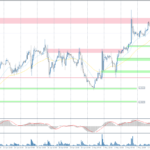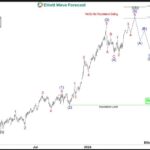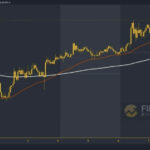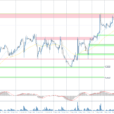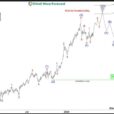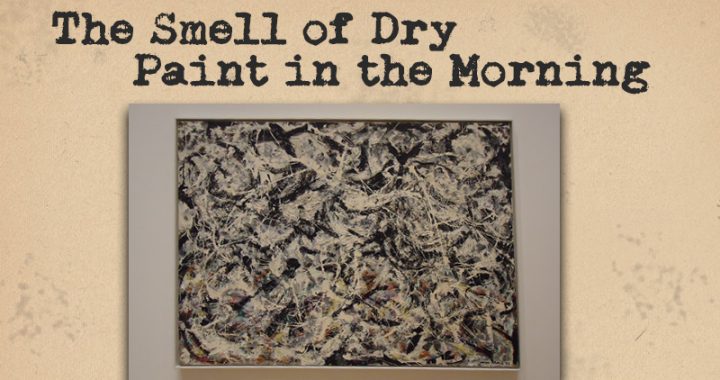

Irish Playwright Oscar Wilde defied Aristotle’s memorable mimesis and contention that Art imitates Life. In his 1889 essay The Decay of Lying, Wilde opined that, “Life imitates Art far more than Art imitates Life.” Jackson Pollock, the American painter, aesthetically rejected both philosophies as facile. We are left to ponder the genius of his work, which in hindsight, leaves no doubt that Art intimidated Life.
Engulfed in the flames of depression and the demons it awakened, Pollock’s work is often assumed to have peaked in 1950. The multihued vibrancy of his earlier abstract masterpieces descends into black and white, symbolically heralding his violent death in 1956 at the tender age of 44. Or does it? Look closer the next time you visit The Art Institute of Chicago. Greyed Rainbow, his mammoth 1953 tour de force, will at once arrest and hypnotize you. As you struggle to tear your eyes from it, you’ll ask yourself what the critics could have been thinking, to have drawn such premature conclusions as to his peak. Such is the pained beauty of the work. Rather than feign containment, the paint looks as if it will burst the frames’ binding. And the color is there for the taking, if you have the patience to slow your minds’ eye and see what’s staring back at you.
Perhaps it was the being written off aspect that drove Pollock to embark upon the final leg of his tour de force. We’ll never know. Renaissances to sublimity are the preserve of those with gifts beyond most our grasps. Hence the curious hubris driving so many pensions to reinvent themselves to full solvency by taking on undue risks. Heedless of what should be so many warning signs, so many managers continue to herd blindly into unconventional terrain hoping to find that perfect portfolio mix. The more likely upshot is their choices will drive them straight off a rocky cliff.
For now, the craggy landscape of pension canvases continue to be painted. Or in the case of the country’s largest pension, the stage continues to be set. This from Ted Eliopoulos, chief investment officer of the California Public Employees Retirement System (CalPERS): “We will be conducting quite elaborate choreography, looking at asset allocation, our liabilities and the risk tolerance of our board in conjunction with our expected rates of return for our various candidate portfolios.”
Oh, but for the days of antiquated notions such as matching assets to liabilities. But that’s so 80s. Today, a given public pension’s portfolio is anything but dominated by the Treasury bonds once held to satisfy its future liabilities. Rather, half of a typical portfolio’s assets are invested in stocks, a quarter in bonds and cash, and the balance in ‘alternative investments,’ including private equity, hedge funds, real estate and commodities. (Yes, we are still on the subject of matching current and future retiree paychecks to appropriate investments.)



